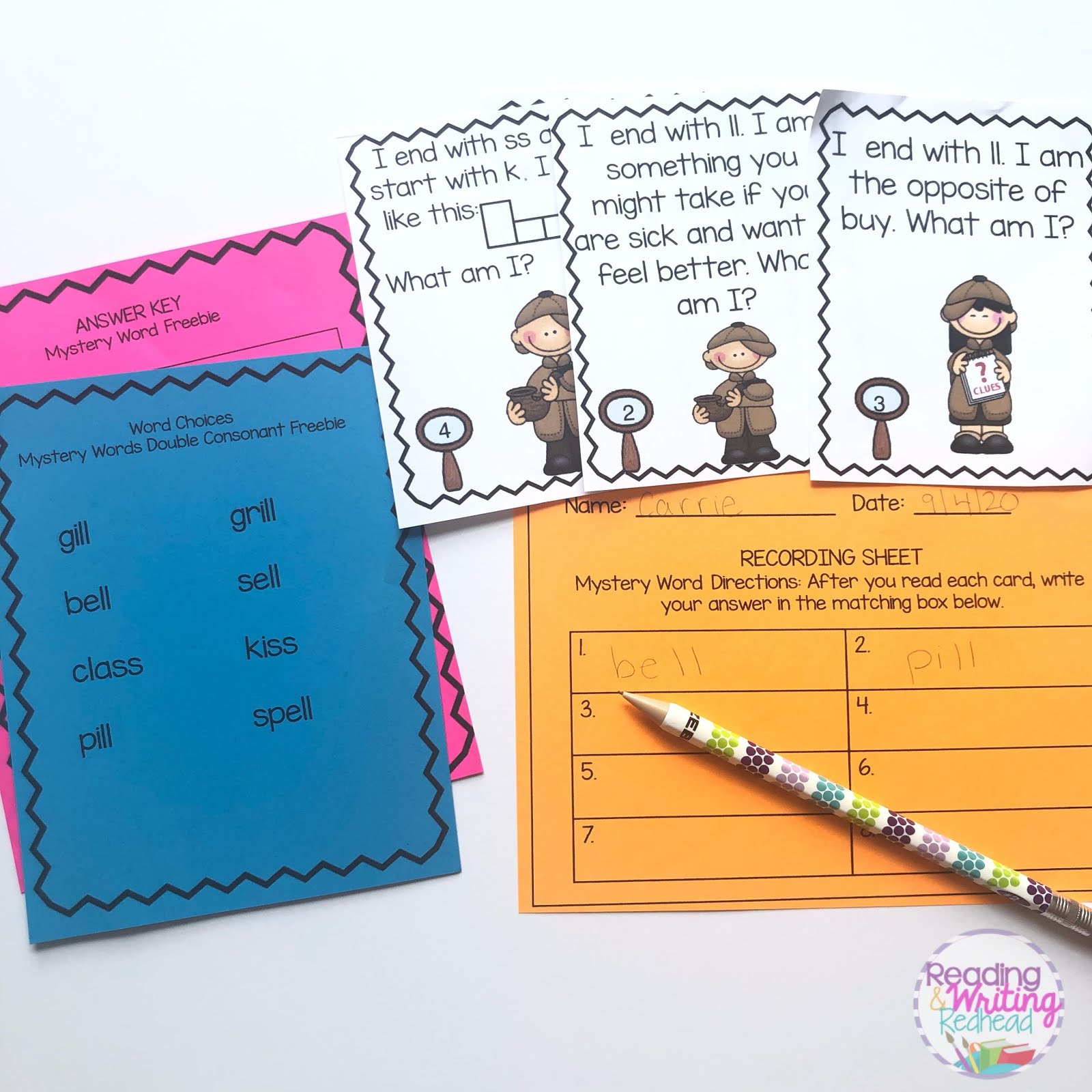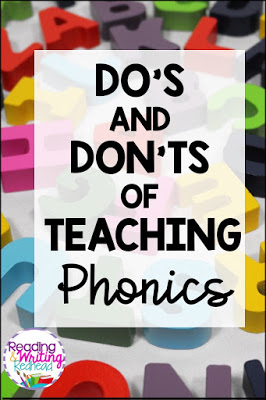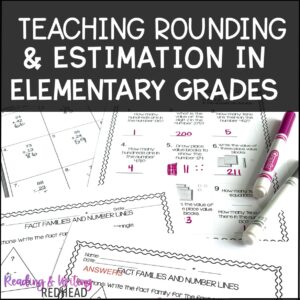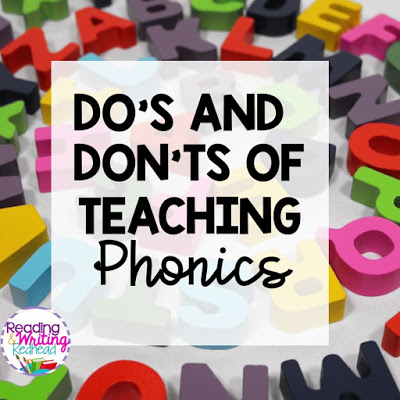
DON’TS WHEN TEACHING PHONICS
Let’s go over the don’ts first!
Don’t be Boring
Haha, right? Obviously! There are so many awesome ways to make phonics fun and engaging! Games, hands-on activities and more. Check out all my ideas here at this blog post called Fun Ways to Practice Phonics.
Here’s a couple of examples I do with my first and second graders. Magnetic letters seem basic but they love it! Pom poms, Play Doh, buttons and more are great ways to make it fun too!
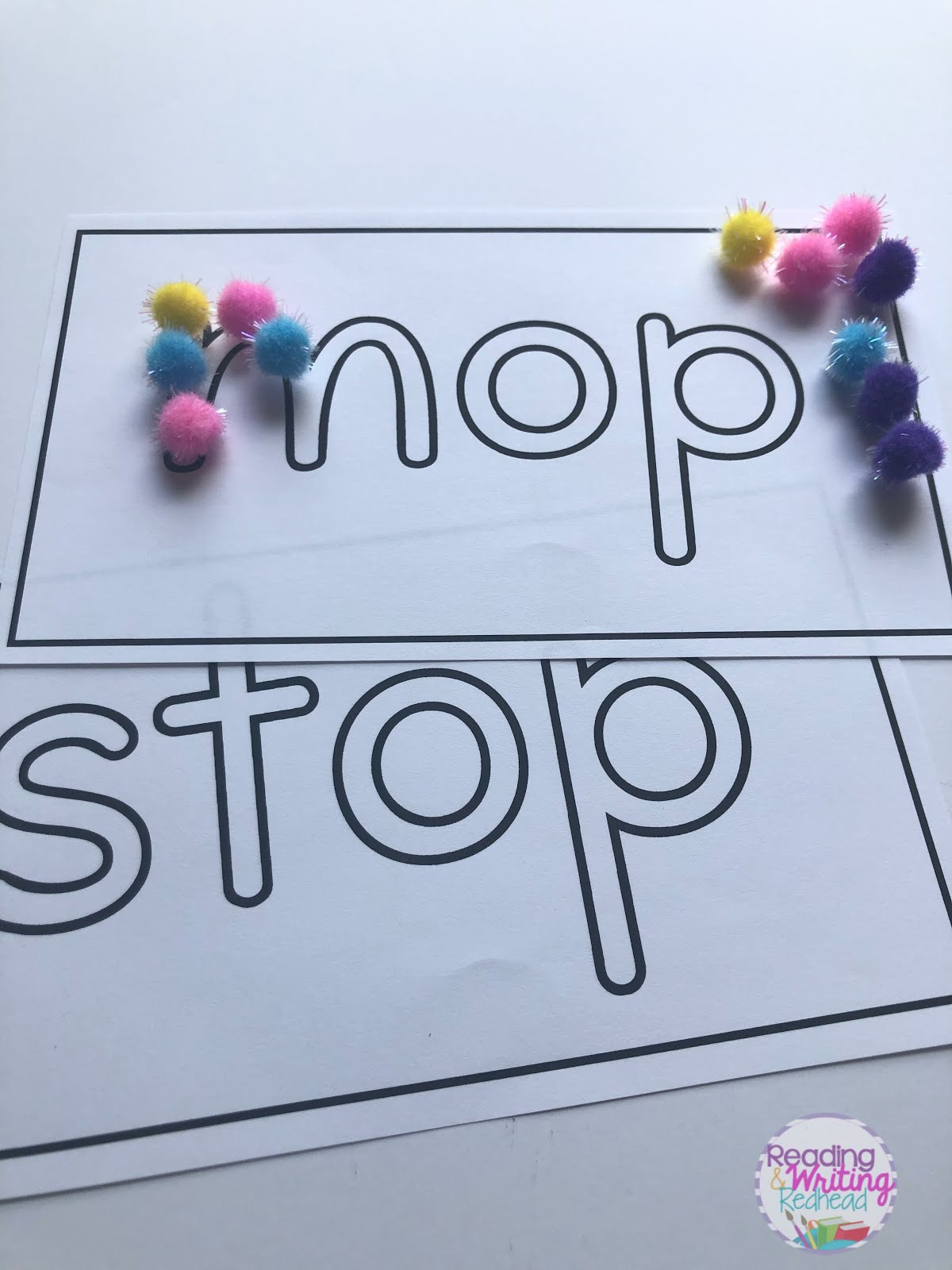
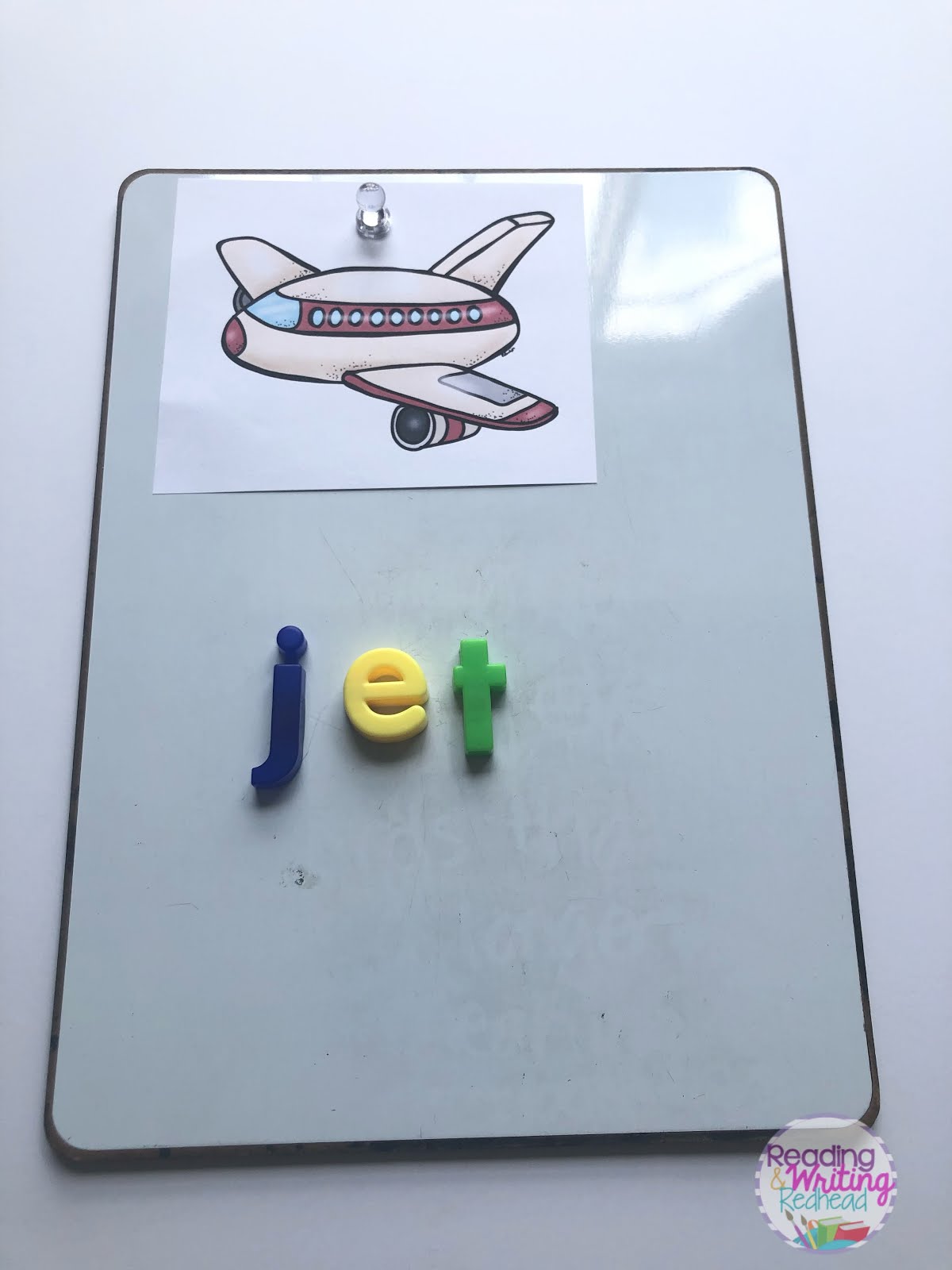
Don’t Skip the Review
If you have a phonics program at your school such as Fundations or Words their Way, they will incorporate review. If not, I’d recommend each week you spend at least some time over the course of 2-3 days (if you do a phonics lesson daily, which I also recommend) incorporate review words and patterns.
Don’t NOT have a Plan
If you use a phonics program, a weekly and yearly schedule will be outlined for you. If not, you need to plan ahead because you will need to teach it systematcially (see the Dos section). Whitney at First Grade Roundup has a detailed explanation of her weekly phonics plans at this blog post that might help you!
DO’S FOR TEACHING PHONICS
Use Different Modalities
This can be part of making it fun! Students can talk, speak, write, draw, use manipulatives (Wikki Stix, buttons, beads, Play Doh, Magnets, write letters in shaving cream and so much more!
Have a Plan and be sure to Review
Teach Syllabication Rules
Simply, make sure you teach students eventually (maybe first or second grade, but every learner is unique) syllabication rules so that they can decode multisyllabic words. Freebies are available to help you and students. Just search “syllables” or “syllabication” on TPT.
Teach it Systematically and Explicitly
To teach systematically, it means using a specific scope and sequence. So for beginning readers who are prepared to learn short vowels, you don’t want to teach assorted word families like -all or -ate . You start with short a words like cat and bat and move on. Lessons would start out easier and gradually became more complex, including review!
Teaching explicitly means you directly instruct students about letters first and words and spelling patterns. Use clear information and thinking aloud and to help students attain strategies for reading and writing.
Teach it in Multiple Ways
Make it fun!
